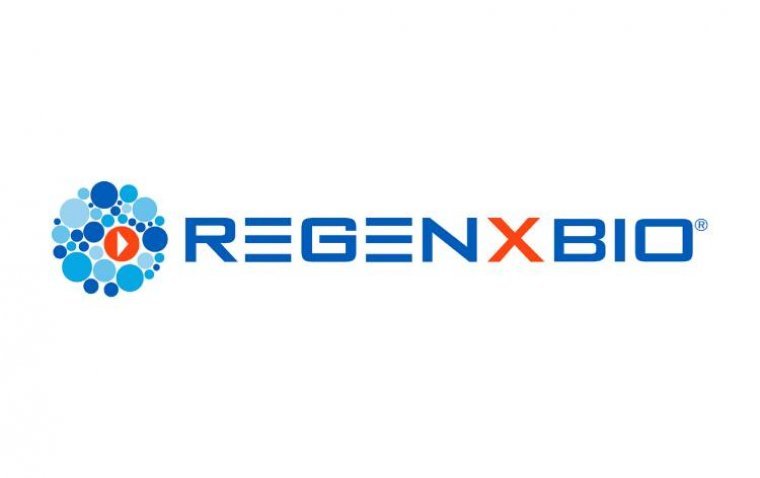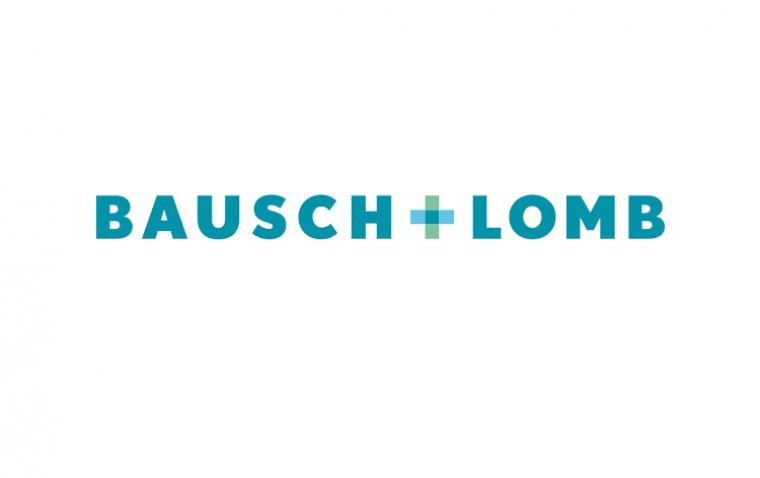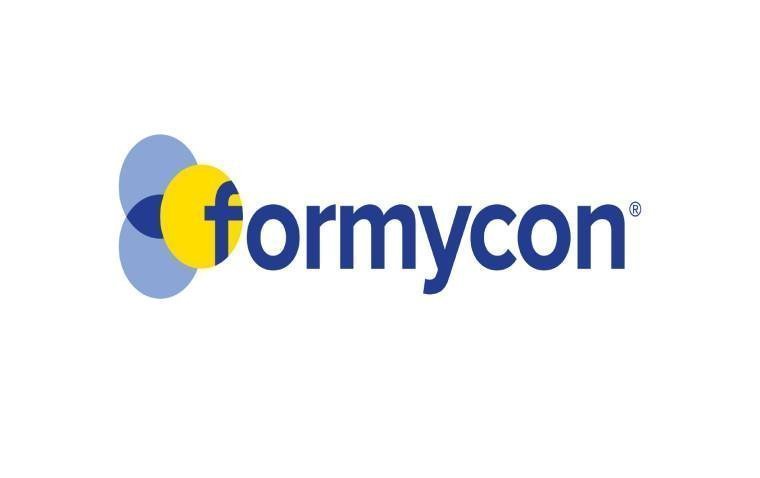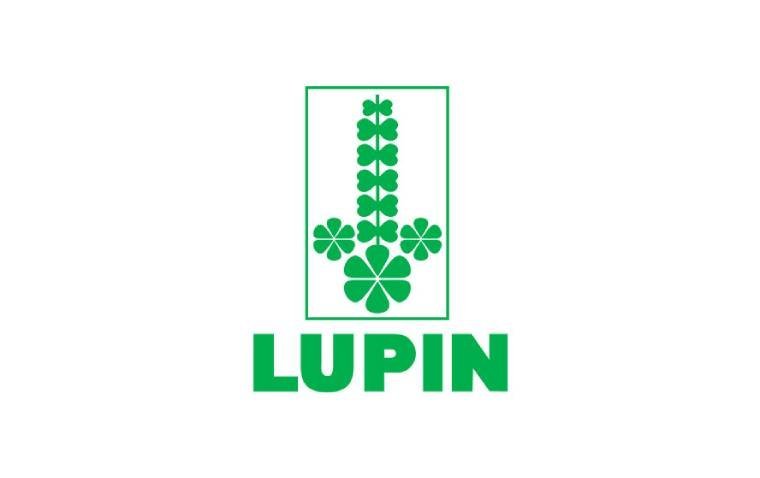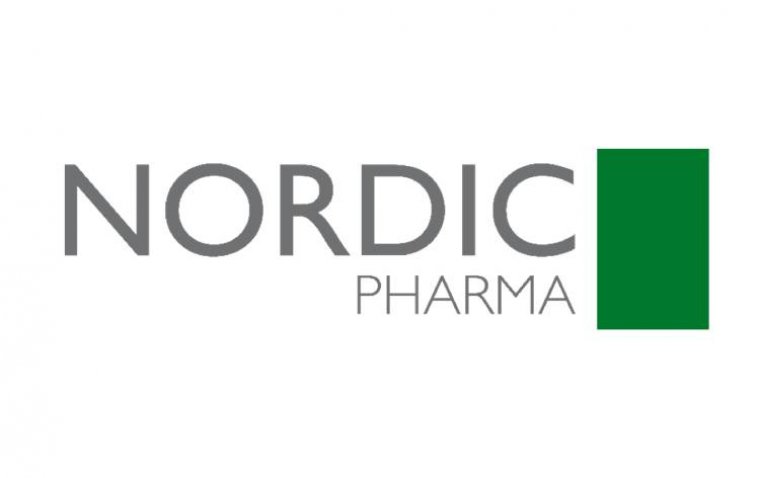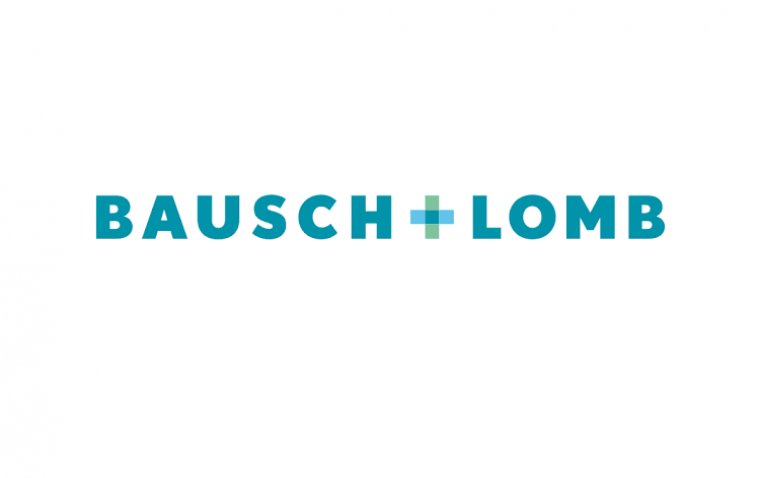
Bausch + Lomb's StableVisc™ Cohesive OVD & TotalVisc™ Viscoelastic System Now in the US
Bausch + Lomb Corporation has recently launched the StableVisc™ cohesive ophthalmic viscosurgical device (OVD) and the TotalVisc™ Viscoelastic System in the United States. These new products offer eye surgeons dual-action protection during cataract surgery, expanding the range of options available.
"OVDs are critical to surgeons’ success when performing cataract surgery, which is one of the most common surgical procedures performed in the United States. StableVisc and TotalVisc provide surgeons with new OVD options that offer unique benefits designed to help ensure the best possible surgical outcomes for patients,” said Joe Gordon, president, Global Consumer, Surgical and Vision Care, Bausch + Lomb.
StableVisc is a type of cohesive ophthalmic viscosurgical device (OVD) that is designed to assist ophthalmic surgeons in preserving the anterior chamber space in the eye. By maintaining this space, surgeons are able to effectively extract and replace a clouded natural lens.
The TotalVisc Viscoelastic System is a comprehensive OVD system that includes StableVisc as well as ClearVisc™, a dispersive OVD that helps to protect ocular tissue during surgical procedures. ClearVisc was granted approval by the FDA in the year 2021.
StableVisc and ClearVisc are two ocular viscoelastic devices (OVDs) that share two common components: sodium hyaluronate and sorbitol. Sorbitol is a distinctive chemical agent that has demonstrated its ability to create a robust physical barrier and deliver superior free radical scavenging capabilities compared to other OVDs examined in a laboratory study2,3
On the other hand, TotalVisc OVD offers dual-action mechanical and chemical protection. This is the only dual pack in the United States that comprises both a dispersive and cohesive OVD designed with sorbitol, which enhances its performance.
During cataract surgery, which involves different procedures such as phacoemulsification, irrigation/aspiration, and the insertion and removal of instruments and implants, free radicals are produced as a consequence of chemical reactions. These free radicals may cause harm to the cornea and potentially lead to decompensation, resulting in complications such as a cloudy cornea after surgery.
“The possibility of complications caused by free radical damage is a real concern both during and after cataract surgery,” said Mitch Shultz, M.D., cornea, cataract and refractive surgeon and medical director, Shultz Chang Vision, Los Angeles. “The dual protection provided by ClearVisc dispersive OVD and StableVisc cohesive OVD gives me added confidence that I am doing everything I can to make my surgeries as safe and efficient as possible and give my patients excellent outcomes. I look forward to having access to both a cohesive and a dispersive OVD that offer these important benefits.”
Apart from offering superior free radical protection, StableVisc is also the leader in the cohesive OVD market segment when it comes to fill volume, providing one milliliter of the product. This eliminates the requirement for a second pack during the surgery, making the procedure more efficient.
TotalVisc is another product that leads in its respective market segment, as it offers a dual pack with one milliliter of both ClearVisc and StableVisc, thus providing optimal fill volume for the procedure.
(1).jpg)
